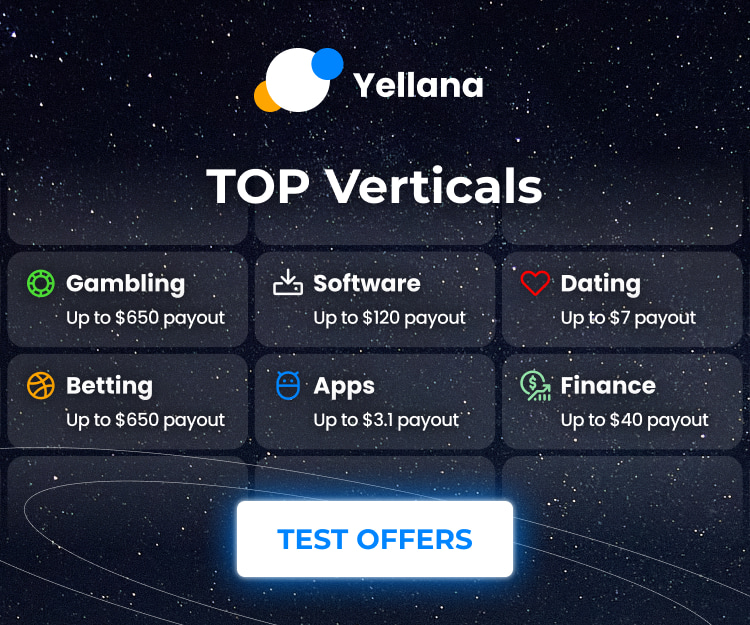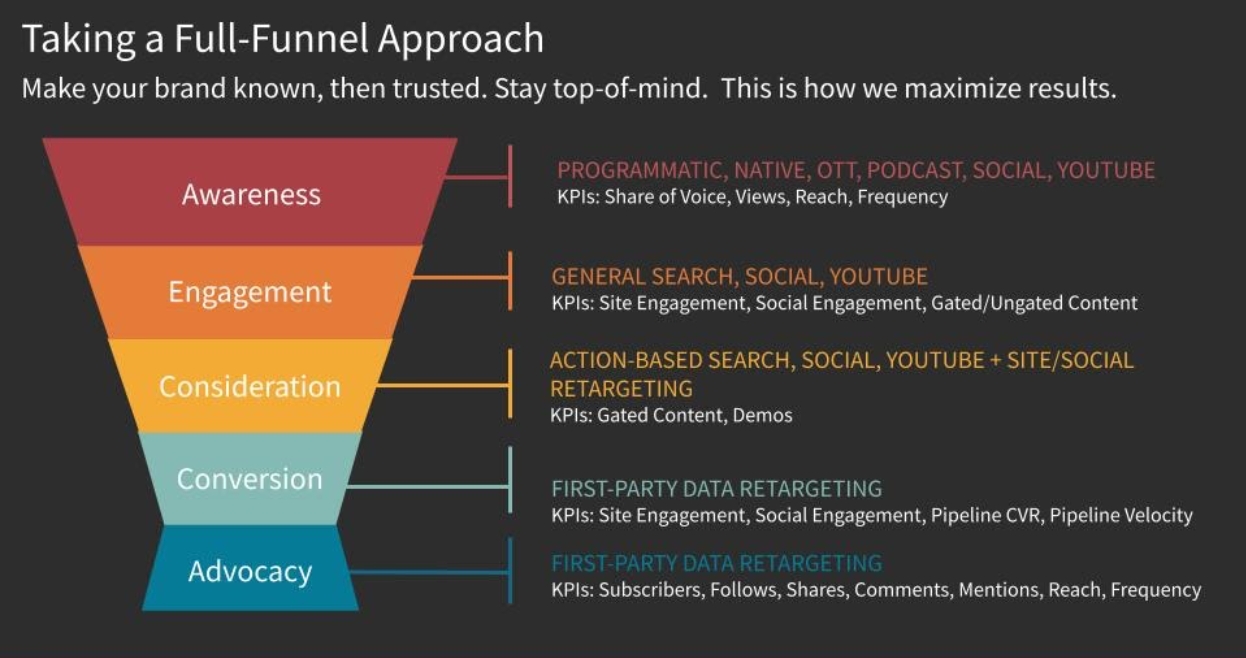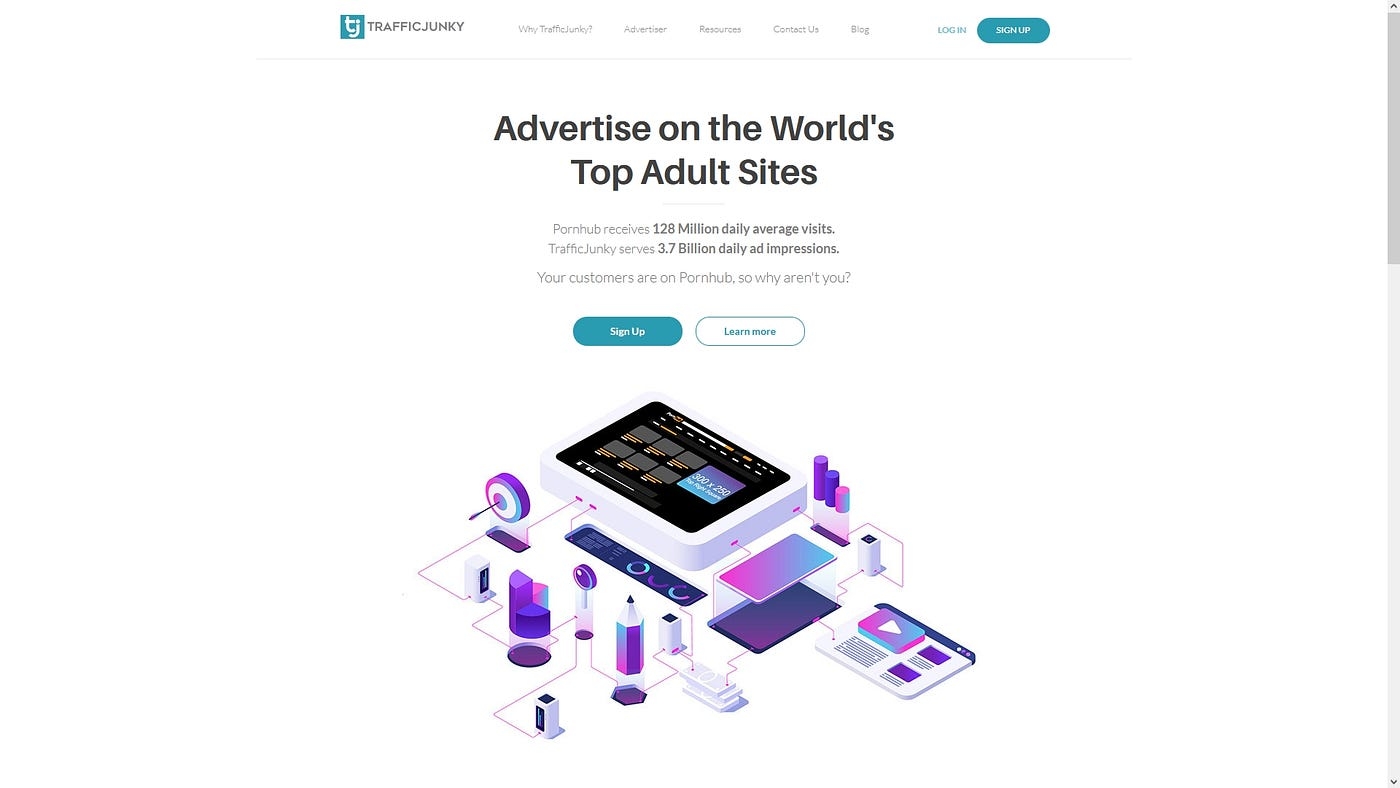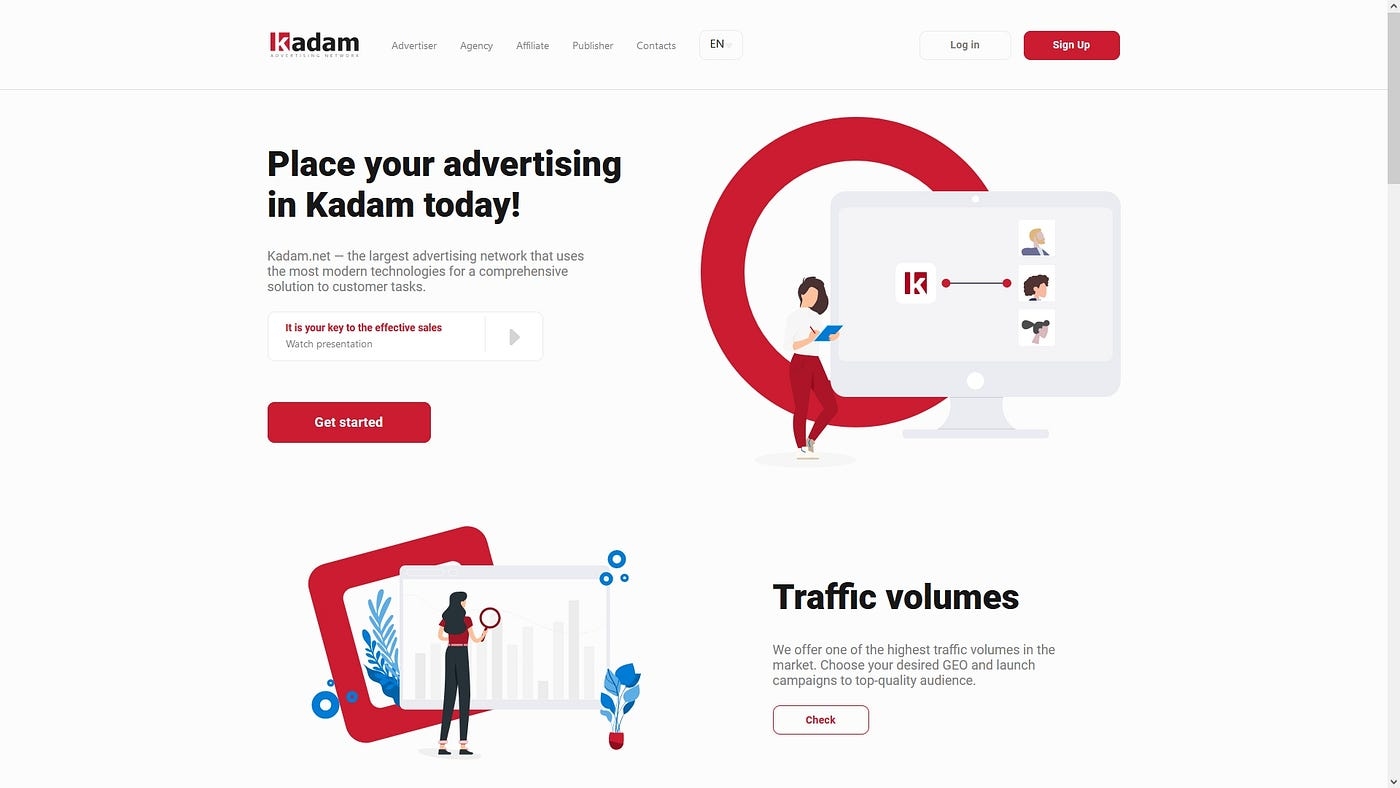A detailed guide to understanding and utilizing the Pop Ads CPM model for digital marketers
Buy CPC Traffic | Buy Display Ads | Exclusive traffic sources | Buy Push Ads | Popunder ADS | Buy Native Ads | Buy Preroll Ads

Buy CPC Traffic | Buy Display Ads | Exclusive traffic sources | Buy Push Ads | Popunder ADS | Buy Native Ads | Buy Preroll Ads
Welcome to the world of digital marketing! As a digital marketer, it is crucial to understand the various advertising models available to effectively reach your target audience and drive conversions. One such model that has gained significant popularity in recent years is the Pop Ads CPM model.
Pop Ads, also known as Pop-under advertising, is a form of online advertising that displays an advertisement in a new browser window that opens in the background behind the current active window. This model has gained attention due to its high visibility and potential for reaching a large audience.
In this comprehensive guide, we will delve into the intricacies of the Pop Ads CPM model and provide you with valuable insights to help you make informed decisions for your digital marketing campaigns. We will explore how Pop Ads are priced, how they are delivered, and the benefits and drawbacks associated with this advertising model.
With the rise of ad-blockers and the increasing demand for better user experiences, digital marketers need to find innovative ways to capture attention and engage their audience. Pop Ads, when used strategically, can be a powerful tool to achieve these goals. So, let's dive in and discover the world of Pop Ads CPM model!
Understanding the Basics of Pop Ads

Pop ads are a popular form of online advertising that utilize a pop-up or pop-under window to capture the attention of website visitors. These ads are designed to engage users and promote a specific product, service, or offer.
One of the key characteristics of pop ads is their interruptive nature. When a user enters a website or clicks on a link, a pop ad window will open on top of the website content, either as a visible pop-up window or as a hidden pop-under window. This immediate interruption ensures that the ad gets noticed by the user, increasing the chances of them taking a desired action.
Pop ads can be highly effective in terms of generating leads, driving traffic, and increasing conversions. They offer a direct and efficient way to reach a large audience and deliver a targeted message. However, it's important to strike a balance between capturing attention and not overwhelming users with too many ads.
Pop ads often rely on eye-catching visuals, strong headlines, and compelling calls-to-action to capture the interest of users. They may also incorporate animation or sound to further engage users and make the ad more memorable. This combination of visual and auditory elements helps to create an immersive advertising experience that stands out in the cluttered online environment.
While pop ads can be effective, it's important to consider their potential drawbacks. Some users find pop ads intrusive and may have negative experiences with them, which can impact their perception of the advertised brand or product. Additionally, the use of pop ads may lead to an increase in ad-blocking software usage among website visitors.
To optimize the performance of pop ads, digital marketers should carefully plan their ad placements, target relevant audiences, and monitor their ad campaigns' performance. It's also important to test different variations of pop ads to understand what works best for specific target audiences and adjust the ad strategy accordingly.
In conclusion, pop ads are an impactful advertising tool that can help digital marketers capture the attention of their target audience. By understanding the basics of pop ads and incorporating them into a comprehensive digital marketing strategy, marketers can effectively promote their brand, product, or service to a wider audience and drive desired actions.
The Advantages of the Pop Ads CPM Model

The Pop Ads CPM model offers several advantages for digital marketers looking to increase their online advertising revenue.
Cost Efficiency: With the Pop Ads CPM model, advertisers only pay for impressions, which makes it a cost-efficient option. This means that marketers can reach a broad audience without breaking the bank.
High Conversion Rates: Pop Ads have been shown to have high conversion rates, as they engage users with their attention-grabbing nature. The ads are delivered in a window that pops up over the existing browser window, which makes it difficult for users to ignore.
Targeted Advertising: Pop Ads can be targeted based on various criteria, including location, demographics, interests, and more. This allows advertisers to reach their desired audience and increase the chances of conversions.
Brand Exposure: Pop Ads provide a prominent space for advertisers to display their brand and offerings. The attention-grabbing nature of these ads ensures that they capture user attention and increase brand exposure.
Real-Time Bidding: Many Pop Ads platforms use real-time bidding (RTB) advertising, which allows advertisers to compete for ad impressions in real-time. This dynamic bidding environment ensures that marketers can optimize their ad spend and maximize their ROI. To learn more about RTB advertising, click here.
In conclusion, the Pop Ads CPM model offers cost efficiency, high conversion rates, targeted advertising, brand exposure, and real-time bidding capabilities. These advantages make it a popular choice for digital marketers looking to increase their advertising revenue and reach their target audience effectively.
Best Practices for Implementing Pop Ads Campaigns
Pop ads can be a highly effective way to reach a large audience and generate leads or sales for your business. However, in order to get the most out of your pop ads campaigns, it's important to follow some best practices:
1. Target the Right Audience: Before launching your pop ads campaign, take the time to research and identify your target audience. Ensure that the pop ads are served to people who are likely to be interested in your product or service. This will increase the chances of generating conversions and improving your return on investment.
2. Use Engaging and Relevant Creatives: The success of your pop ad campaign greatly depends on the creatives you use. Create eye-catching and captivating pop ads that are relevant to your target audience. Use clear and concise messaging, along with compelling visuals, to grab the attention of users and encourage them to click on your ad.
3. Optimize Landing Pages: Once a user clicks on your pop ad, it's essential to have a well-designed and optimized landing page. Make sure the landing page is relevant to the ad and provides users with a seamless experience. The landing page should have clear call-to-action buttons and valuable content that encourages users to convert.
4. Test and Monitor: Don't just rely on one version of your pop ad. Create multiple variations and test them to identify which ones perform the best. Continuously monitor the performance of your pop ads campaign and make adjustments as needed. Regularly analyze key metrics such as click-through rates, conversion rates, and cost per conversion to optimize your campaign for maximum results.
5. Respect User Experience: Pop ads can be intrusive if not implemented properly. Ensure that your pop ads are not overly invasive or interrupt the user experience on the website or app where they are displayed. Consider implementing frequency capping or limiting the number of pop ads a user sees to maintain a positive user experience.
6. Track and Measure Results: Implement proper tracking mechanisms to measure the success of your pop ads campaigns. Use tools like Google Analytics to track key metrics and gain insights into how your campaigns are performing. This data will help you make informed decisions and optimize your pop ads campaigns for better results.
By following these best practices, you can increase the effectiveness of your pop ads campaigns and achieve your marketing goals more efficiently. Remember to stay updated with the latest industry trends and adjust your strategies accordingly.
Measuring Success with the Pop Ads CPM Model

When it comes to digital marketing, it's important to measure the success of your campaigns. The same applies to using the Pop Ads CPM model. By measuring your success, you can determine the effectiveness of your ad placements and make data-driven decisions to optimize your campaigns.
Here are some key metrics to consider when measuring success with the Pop Ads CPM model:
Impressions: This metric measures the number of times your ads are viewed by users. It gives you an idea of how visible and engaging your ads are.
Click-through Rate (CTR): CTR calculates the percentage of users who click on your ads after seeing them. A higher CTR indicates that your ad is compelling and has a good call-to-action.
Conversion Rate: Conversion rate measures the percentage of users who take a specific action, such as making a purchase or signing up for a newsletter, after clicking on your ads. It helps you determine the effectiveness of your ads in driving desired actions.
Cost per Acquisition (CPA): CPA measures the cost of acquiring a customer. It calculates the cost divided by the number of conversions. Lower CPA means that your campaigns are more cost-effective.
Return on Investment (ROI): ROI measures the profitability of your campaigns. It considers the revenue generated from your ads in comparison to the cost of running them. A positive ROI indicates that your campaigns are generating more revenue than they cost.
By tracking and analyzing these metrics, you can gain insights into how well your Pop Ads CPM campaigns are performing. You can identify areas for improvement, such as ad design, targeting options, or landing page optimization, and make adjustments to enhance your results.
Remember that success can vary depending on your goals and industry. Set clear objectives for your Pop Ads CPM campaigns and use these metrics as benchmarks to evaluate your performance. Continuous monitoring and optimization are key to maximizing the effectiveness of this advertising model.
The Future of Pop Ads: Trends and Predictions
As the digital advertising landscape continues to evolve, it's crucial for digital marketers to stay ahead of the curve and anticipate future trends. Pop ads have been a popular format for online advertising, and it's no surprise that they will continue to play a major role in the future of advertising. Here are some trends and predictions for the future of pop ads:
1. Enhanced Targeting and Personalization

One of the key trends in the future of pop ads is enhanced targeting and personalization. Advertisers will have access to more advanced technologies and tools that will allow them to target their ads to specific demographics, interests, and online behaviors. By using data analytics and machine learning algorithms, marketers will be able to deliver more relevant and personalized pop ads to their target audience, thereby increasing engagement and conversion rates.
2. Integration with Native Advertising

Another trend in the future of pop ads is the integration with native advertising. Native ads seamlessly blend in with the content of the website, providing a more natural and non-intrusive user experience. By integrating pop ads with native advertising formats, marketers can capture the attention of users without disrupting their browsing experience. This will lead to higher user engagement and a more positive perception of pop ads.
Overall, the future of pop ads looks bright. With advancements in targeting and personalization, as well as integration with native advertising, pop ads will continue to be a powerful tool for digital marketers. By staying informed about these trends and adapting strategies accordingly, marketers can ensure that their pop ads are effective and drive results in the evolving digital advertising landscape.
What is the Pop Ads CPM model?
The Pop Ads CPM model is a pricing model used in digital advertising where advertisers pay for every 1,000 ad impressions their ads receive. CPM stands for Cost Per Mille, which means cost per thousand impressions.
How does the Pop Ads CPM model work?
The Pop Ads CPM model works by charging advertisers a fixed rate for every 1,000 impressions their ads receive. Advertisers set their desired CPM rate, and their ads are then delivered to targeted audiences. The advertiser is billed based on the number of impressions received.
What are the advantages of the Pop Ads CPM model?
The advantages of the Pop Ads CPM model include better control over ad costs, as advertisers only pay for impressions received. It also allows advertisers to reach a large number of users and increase brand visibility. Additionally, CPM pricing can be more cost-effective compared to other pricing models like CPC or CPA.
Are there any disadvantages to using the Pop Ads CPM model?
Yes, there are some disadvantages to using the Pop Ads CPM model. One disadvantage is that advertisers may end up paying for impressions that do not result in any clicks or conversions. Additionally, the CPM rates can vary widely depending on factors like targeting criteria, ad placement, and competition, which can make it difficult to estimate costs accurately.
How can digital marketers optimize their campaigns using the Pop Ads CPM model?
Digital marketers can optimize their campaigns using the Pop Ads CPM model by closely monitoring performance metrics such as click-through rates (CTR), conversion rates, and cost per conversion. They can then make adjustments to targeting, ad creatives, and bidding strategies to maximize results and minimize costs. A/B testing and continuous optimization are also crucial for improving campaign performance.
What is the Pop Ads CPM model?
The Pop Ads CPM model is a pricing model used in digital marketing where advertisers pay for every thousand ad impressions delivered to their target audience. CPM stands for Cost Per Mille, which means cost per thousand impressions.
How does the Pop Ads CPM model differ from other pricing models?
The Pop Ads CPM model differs from other pricing models, such as the Cost Per Click (CPC) or Cost Per Action (CPA) models, in that it focuses on the number of impressions rather than the number of clicks or actions taken by the audience. Advertisers pay for every thousand impressions, regardless of how many clicks or actions are generated.
What are the advantages of using the Pop Ads CPM model?
There are several advantages of using the Pop Ads CPM model. Firstly, advertisers have better control over their budget since they pay for impressions, not clicks or actions. Secondly, CPM pricing allows for broader reach, as advertisers can target a larger audience without worrying about click-through rates. Lastly, CPM pricing is generally more cost-effective, as advertisers can achieve a high number of impressions at a relatively low cost.
Buy CPC Traffic | Buy Display Ads | Exclusive traffic sources | Buy Push Ads | Popunder ADS | Buy Native Ads | Buy Preroll Ads
2022-2024 @ Exploring the Pop Ads CPM Model: A Comprehensive Guide for Digital Marketers